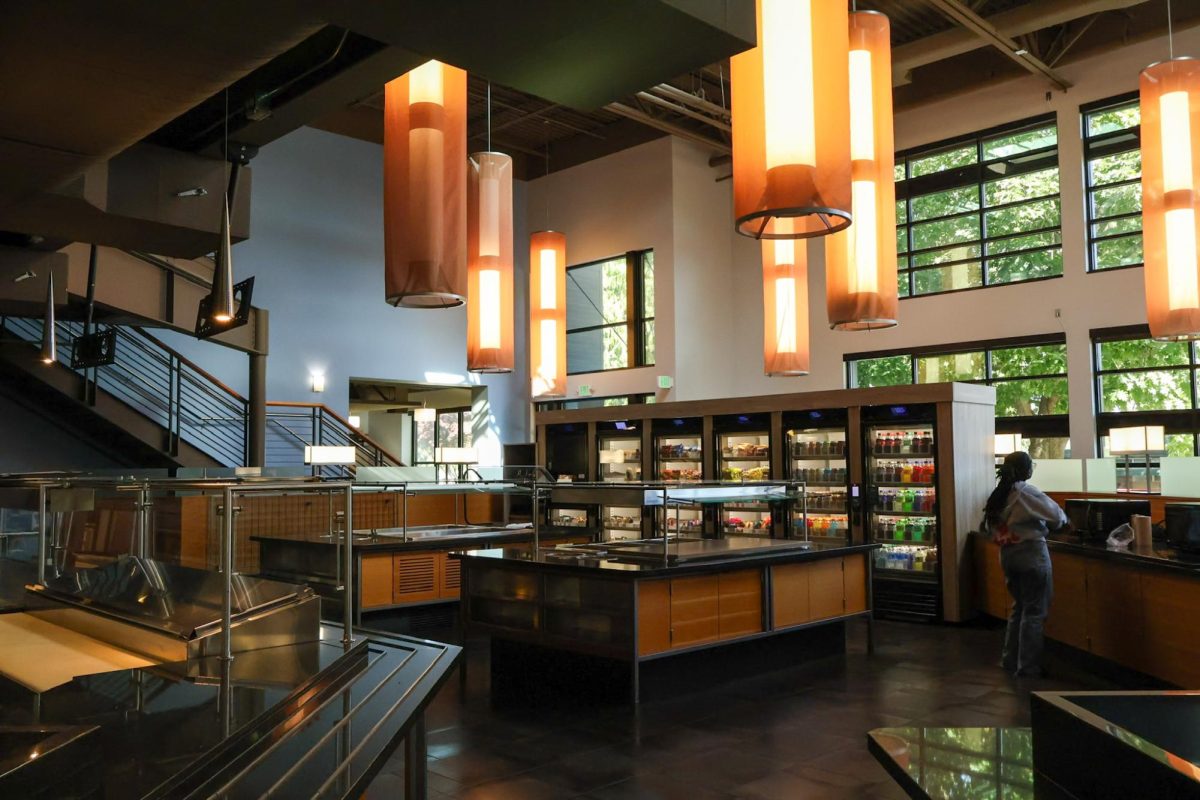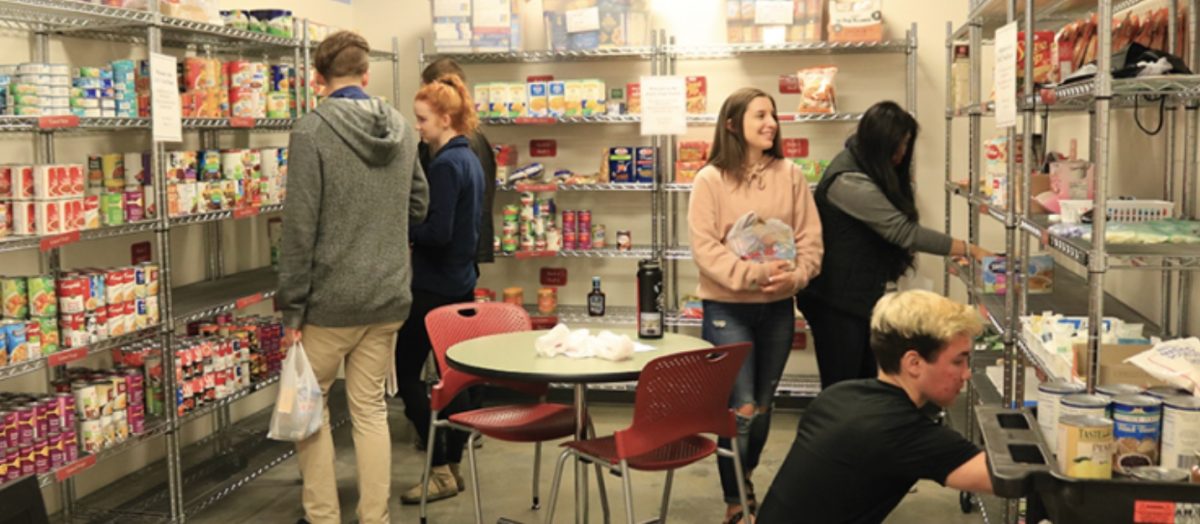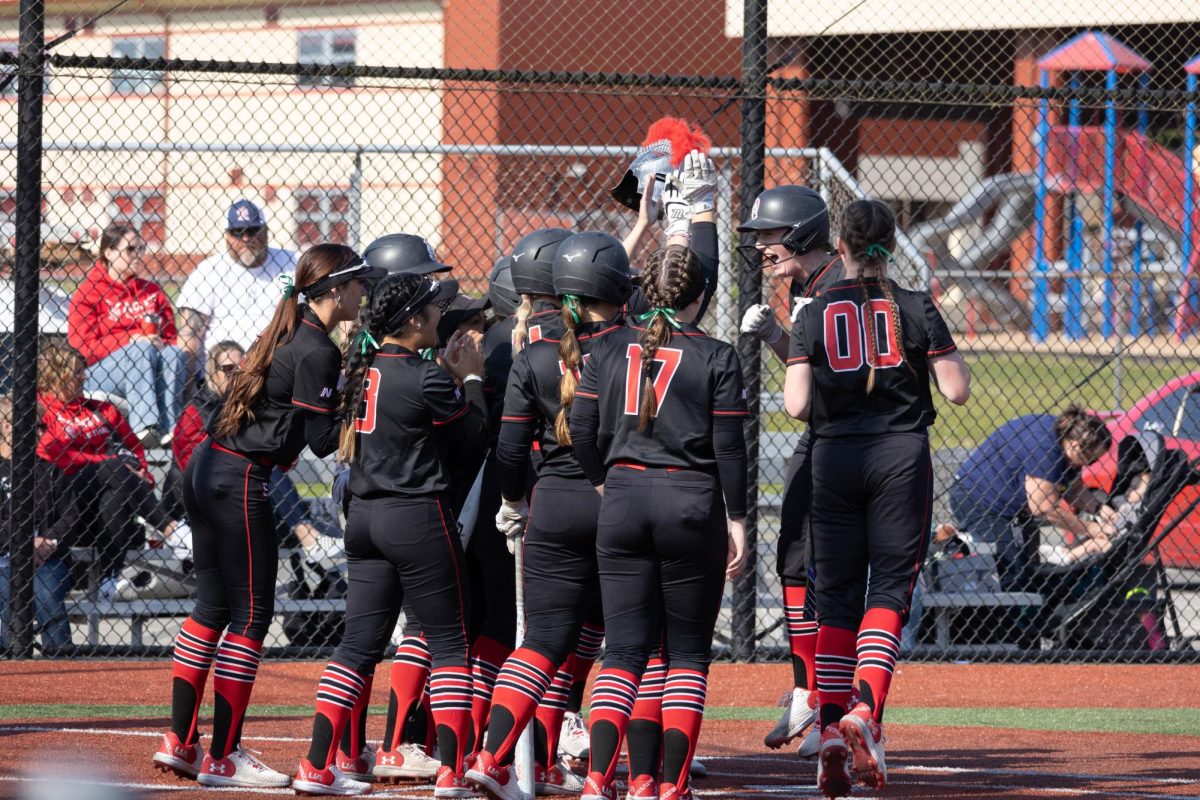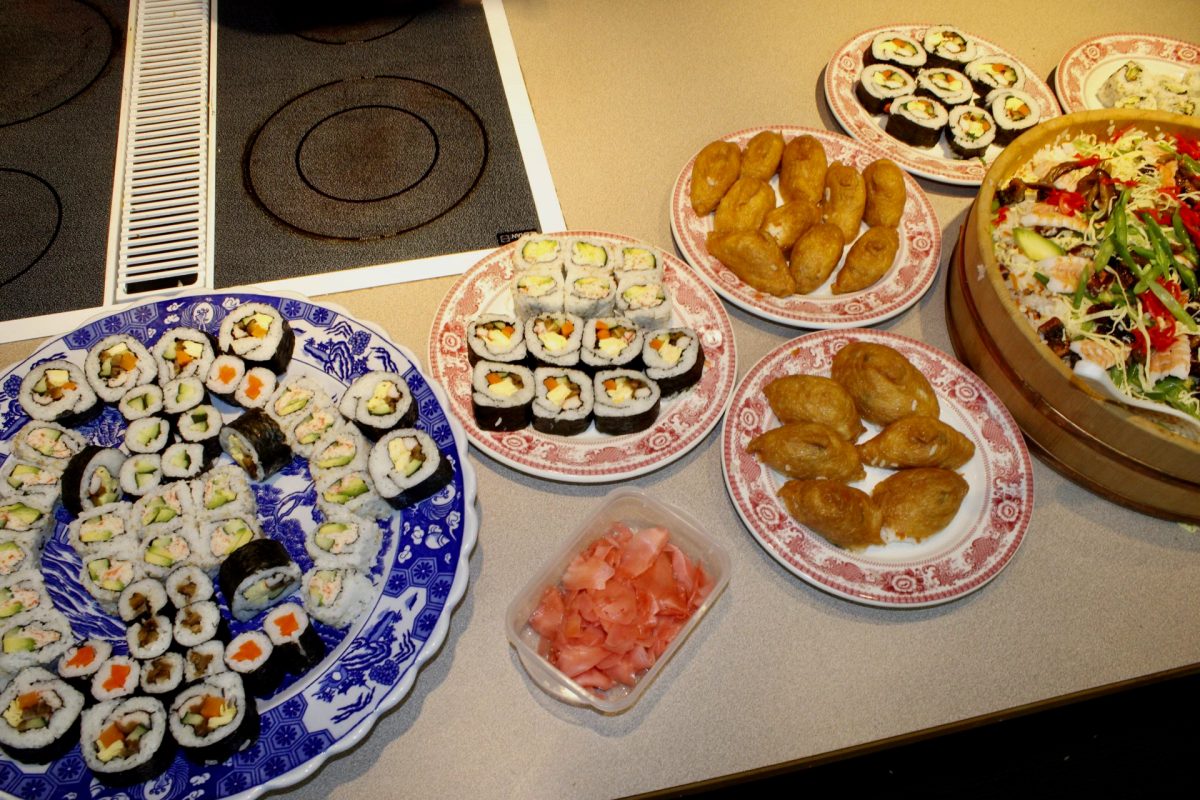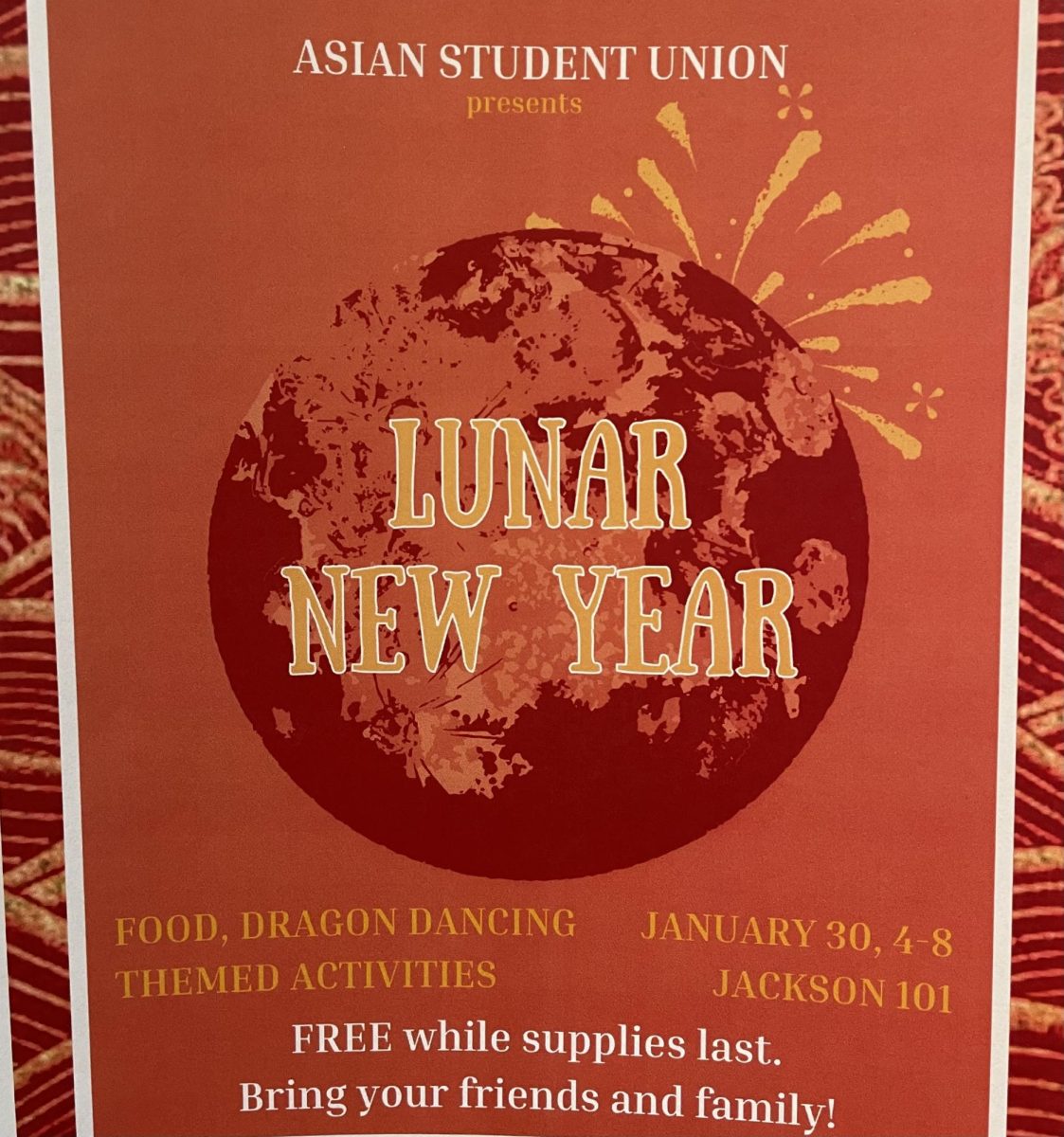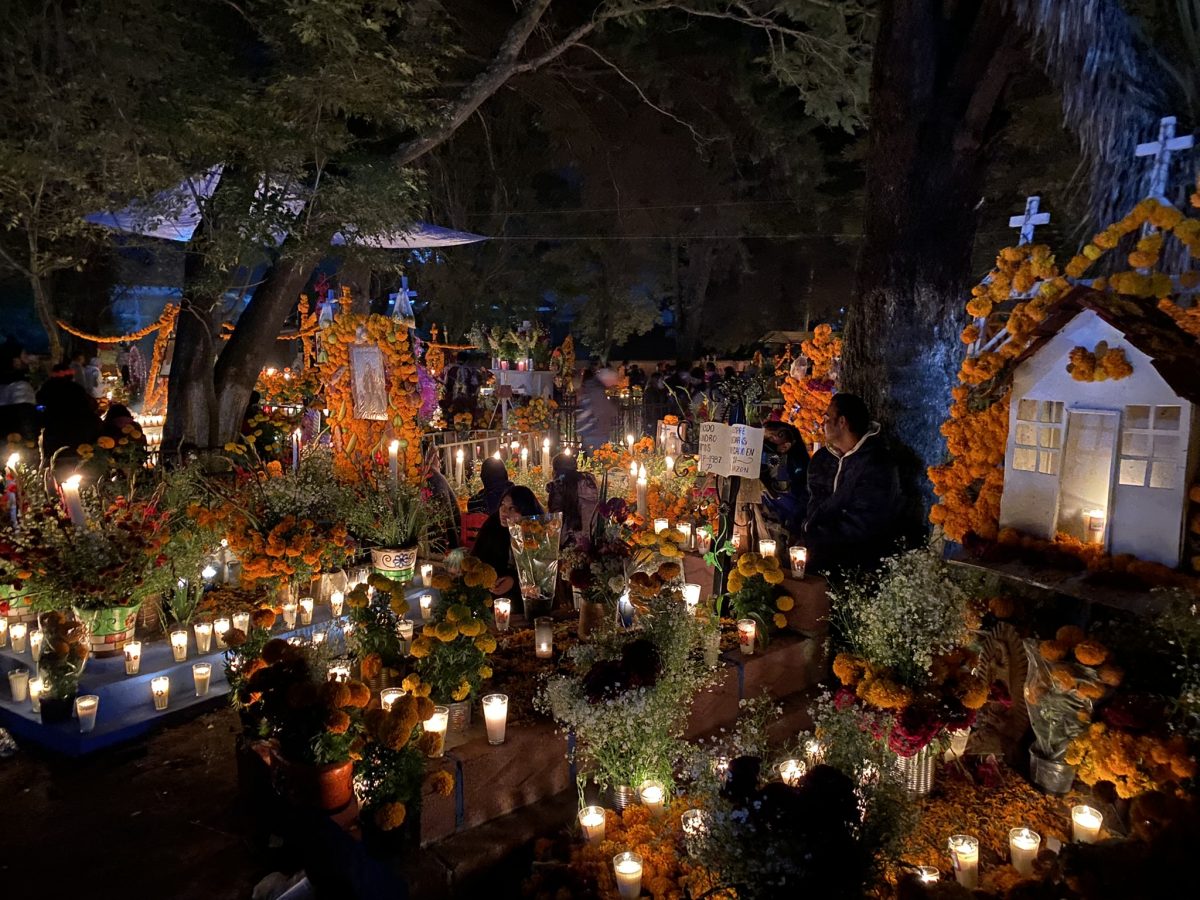Indigenous people and Alaskan natives make up two percent of the population of the United States.
Before Columbus arrived in America, there were over a thousand tribes. Now, only 574 federally recognized tribes remain.
For those familiar with how Native Americans were treated throughout this country’s history, this sudden decrease in population is not surprising, especially for the descendants of the victims whose story and history were not given a voice. That is until recently, once Indigenous Peoples’ Day was recognized as a national holiday.
Indigenous Peoples’ Day was first instituted in Berkeley, California on Oct. 12, 1992, coinciding with the 500th anniversary of Columbus’ arrival in the Americas. In years following, neighboring cities such as Santa Cruz, Richmond and Sebastopol also began to celebrate and recognize this holiday. Twenty-nine years later, the U.S. government formally recognized Indigenous Peoples’ day and proclaimed it a holiday.
The holiday was founded to recognize the strength and resilience of Indigenous people and their communities after facing centuries of hardships and brutality, in which families were forced apart, various diseases were brought and spread (such as smallpox and tuberculosis), and land was stolen.
Despite everything they have faced, they persevere. EvCC’s Indigenous Peoples’ Day celebration, is held on Oct. 14 in observation of this resilience.
“This is a celebration of our culture,” said Kimbell Krausz, the tribal liaison for community and technical colleges, working with the Tulalip, Stillaguamish and Sauk-Suiattle tribes.
“I want us to celebrate that we are here and prosperous, that we have economic vitality in many cases. My tribe is now buying fishing businesses in Europe… the future is getting brighter for us,” Krausz said.
While at the Indigenous Peoples’ Day event, attendees dined on a variety of Indigenous foods such as crackers with a smoked salmon dip, blackberry jam and red huckleberry jam. Other food provided included herring eggs on kelp, clam chowder, Hudson Bay tea, seaweed popcorn, smoked salmon and smoked black cod.

While attendees helped themselves to the food provided, people broke into small groups to discuss various topics such as stories from tribes, the holiday being celebrated and potential careers post college. A popular topic of discussion was the attendees’ thoughts on the holiday.
“I feel like I have a voice again and our history is being brought into the light,” said Saige Williams, an Indigenous student attending the event.
“It’s about embracing who I am and my heritage,” said Raquel Rodriguez, another Indigenous student.
With National Native American Heritage Month swiftly approaching, more stories will be told. Should anyone, Indigenous or otherwise, who may wish to learn more or support those of Indigenous descendants, the new Indigenous Club meets in room 258 of the PSU building Wednesday afternoons.


